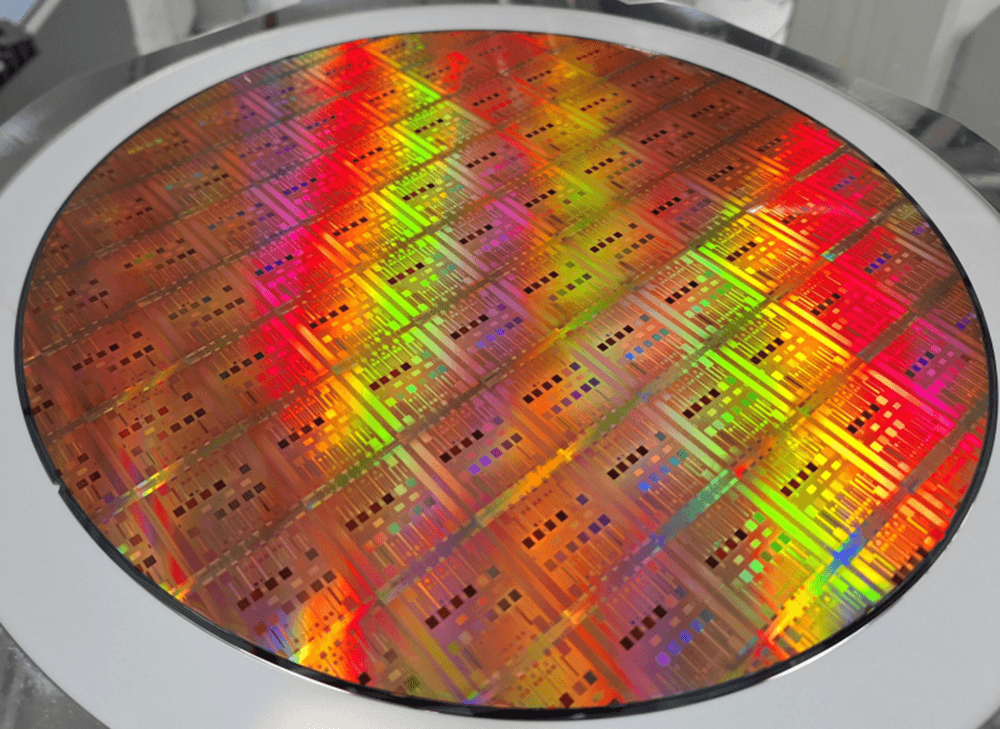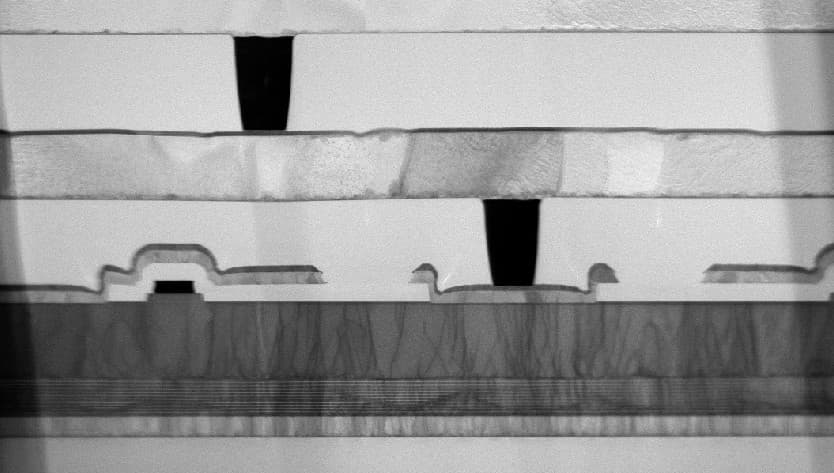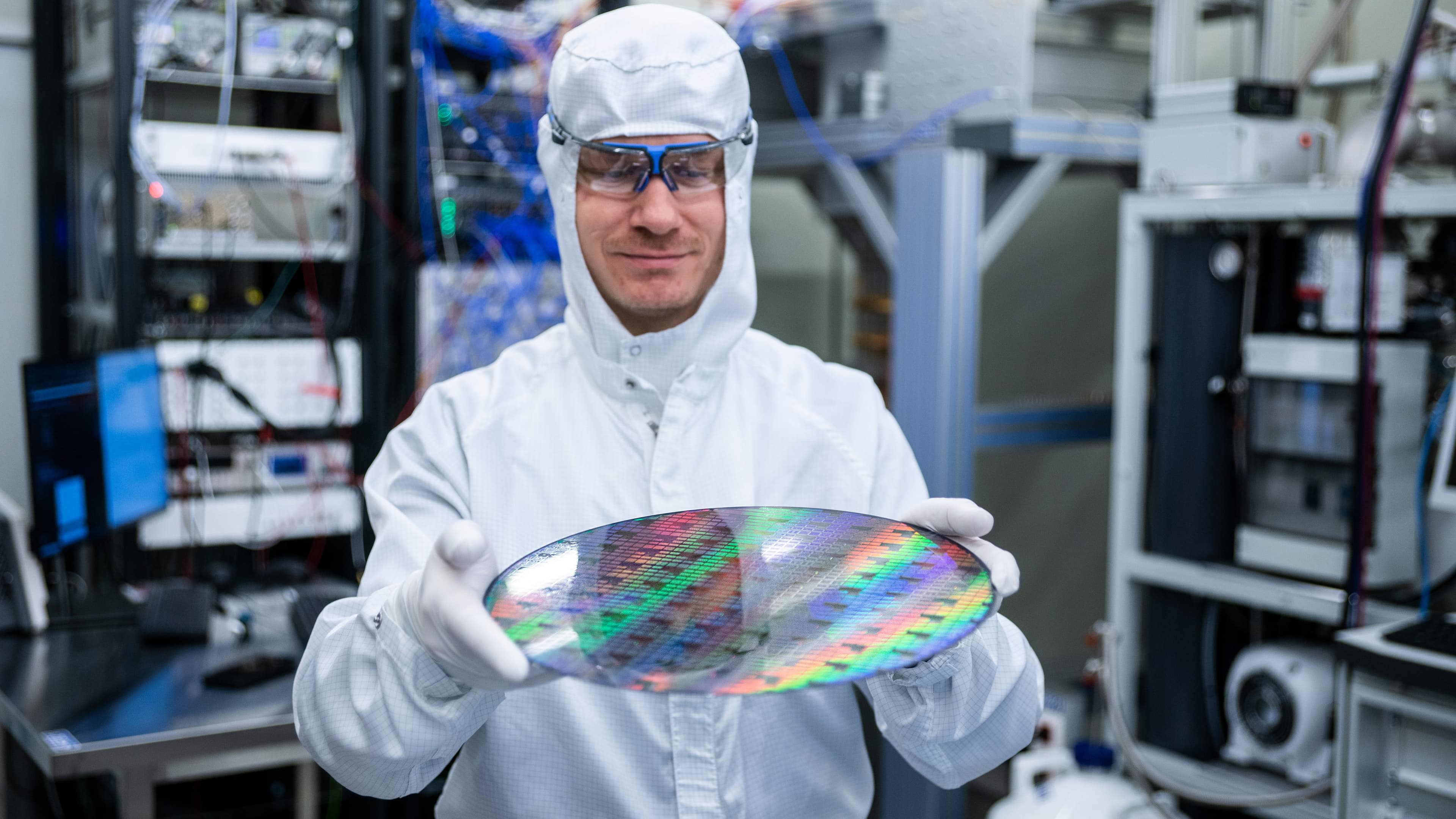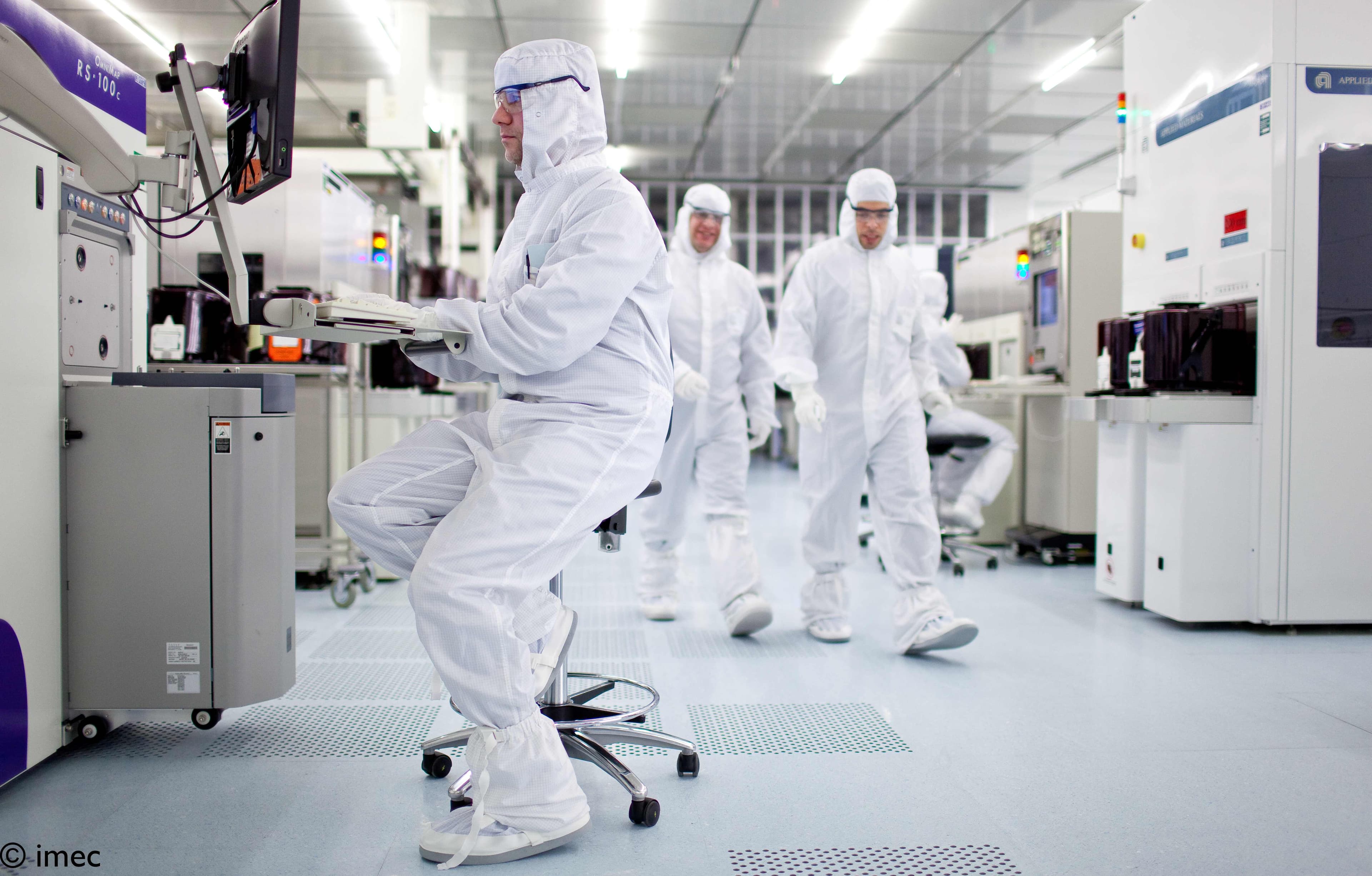
The smartphone comes apart
Come on, admit it – who of us can really do without his smartphone these days? It’s our source of news, our social network, our camera, our route planner, our translator – and so on. But when you come to think of it, the smartphone is far from ideal: after all, the microphone isn’t close to your mouth, but somewhere on your cheek; the wireless signal for the antenna is disrupted by your own head, which means placing a source of radiation close to your brain; and when you want to operate the features on your smartphone while talking to someone, you have to take it away from your ear – so you can’t continue your conversation at the same time. Little wonder then that lots of people don’t put their smartphone to their ear any longer, but hold it in front of them on ‘speaker’.
So it would be a really good idea if we could change the shape and design of the smartphone in the future. For instance, wouldn’t it be better to divide up the functions? To have a smartwatch for the controls, an earpiece for the sound, the microphone as a cap over your tooth, glasses or contact lenses for viewing pictures and the aerial for the phone woven into the fabric of your clothes or backpack. In a well-orchestrated symphony, these individual little devices could all be harmonized to provide the optimum user experience.
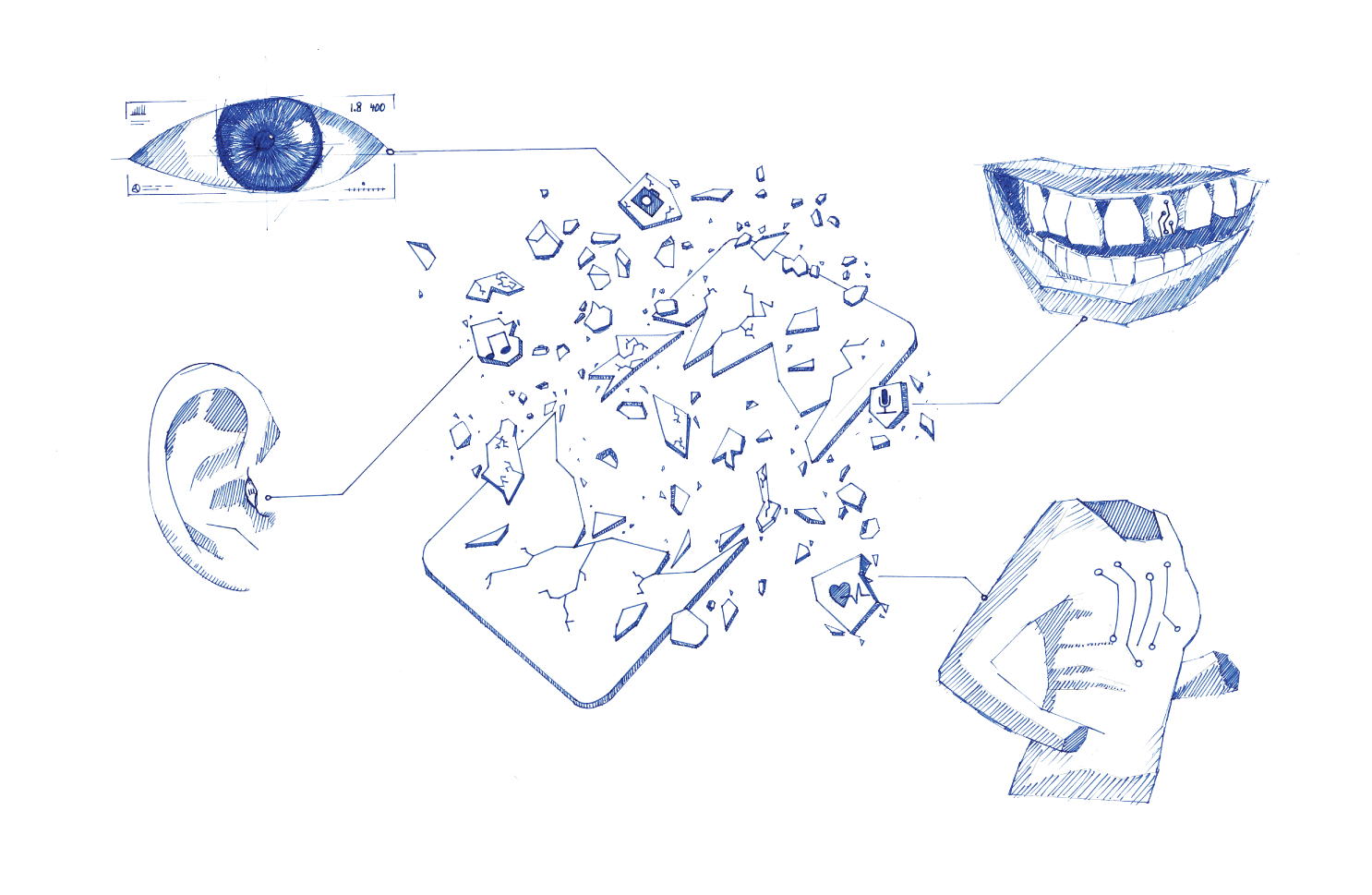
And these devices won’t just be dotted round and about your own body. Other people and objects close by could also be brought into action depending on the specific application. Don’t have enough computing power for high-resolution video streaming? In that case, the processor belonging to the person next to you on the tram could be used to improve your own reception. Struggling with poor coverage over long distances? That antenna on the roof of the building across the street might pluck everything you need out of the ether and then send it via a local connection to you. The key to this particular game is artificial intelligence, which will have learnt your preferences and be able to actually ‘read’ the situation you happen to be in at the time. To be overruled by you, if necessary. In other words, you stay in control.
And perhaps by 2035 we’ll even be making our own smartphones. This idea is perhaps best compared with the way it used to be with photos and video. Whereas previously we often found it very hard to produce video clips and photos, these days sophisticated cameras, image-processing software and online channels for posting photos and videos are available for everyone. And we’re already experimenting with sensors, robots, 3D printers and so on.
So it is highly possible that anyone who produces digital videos and photos now may soon be tinkering with a 3D printer or putting his own smartphone together. And it’ll be a smartphone that is much easier to use than the devices we have today. In other words, by 2035 there’ll be something of the engineer in all of us ...





